Tracing Kunming, China’s Freshwater Hazards
New construction and ongoing industrial pollution pose extreme challenges to the water supply of one of Southwest China’s fastest growing cities.
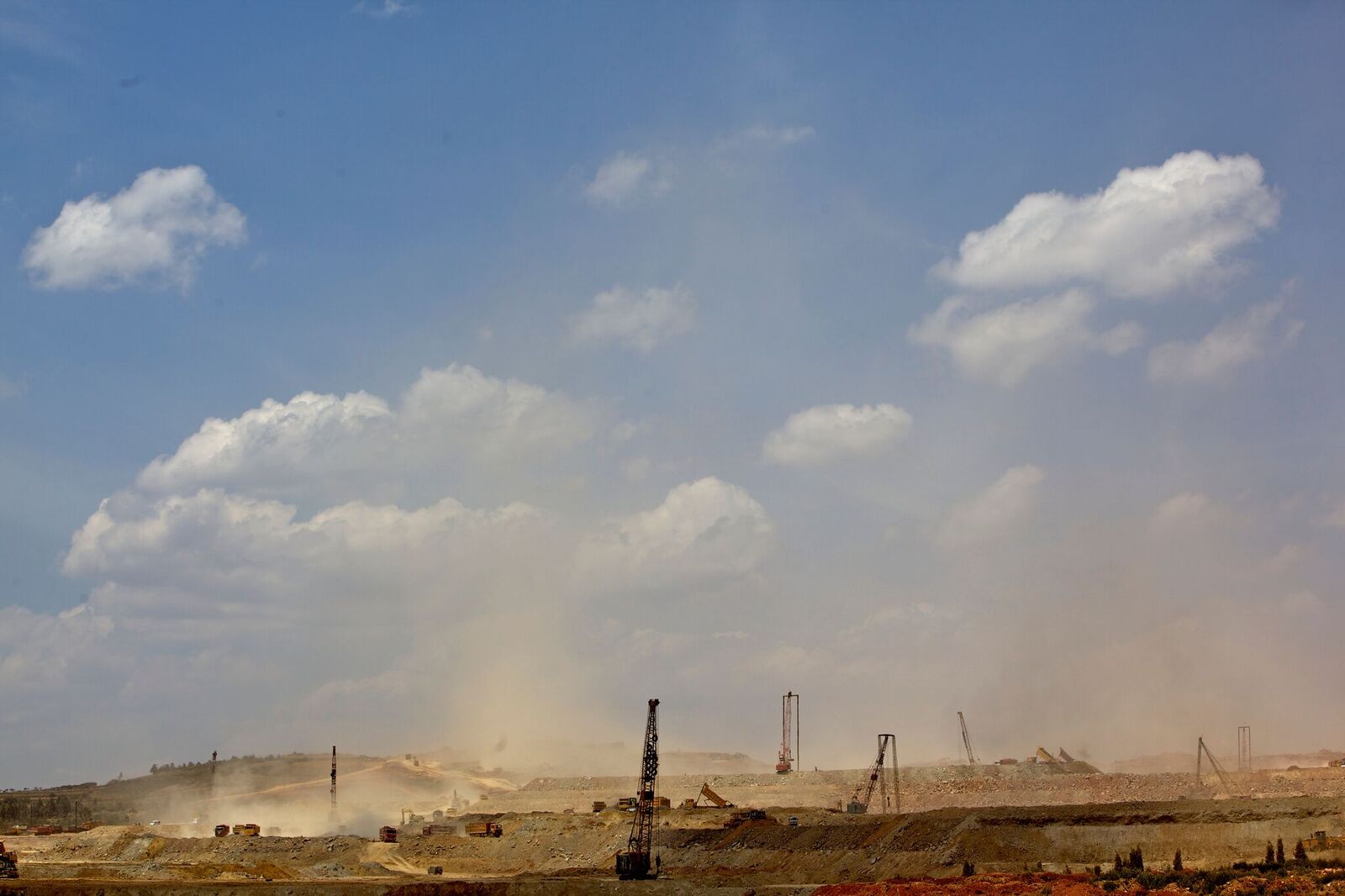
The new Kunming International Airport is being built on the jagged surface of karst limestone. The rocky ground must be leveled, crushed and moved for the new runways and terminals scheduled to open in 2011. Photo © J. Carl Ganter / Circle of Blue
By J. Carl Ganter, Circle of Blue
KUNMING — The ground quakes with a blast as the limestone fragments are blown from their roots, like giant white teeth shattered and unmoored. Nearby, a worker prepares his drill to place another stick of dynamite deep within the rock. He stops for a moment, places his foot high on the rubble and surveys the vast construction landscape that will soon become China’s fourth largest airport.
The new Kunming International Airport, designed as one of China’s showcase green industrial projects, is being built on the jagged surface of karst limestone. The rocky ground must be leveled, crushed and moved for the new runways and terminals slated to open in 2011.
But scientists believe the construction atop these porous limestone fields, which absorb and transmit rainwater to ancient caverns and rivers below, is causing havoc for Kunming’s water supplies. The burgeoning city of 6 million people is surrounded by limestone mountains — many of which feed the area’s springs and rivers, and supply water for agriculture, industry and drinking.
Liu Hong, a researcher at the Yunnan Institute of Geography who tracks the quality and sources of the city’s water supplies, stands on a small karst tower overlooking the airport construction and watches the workers prepare another blast as an army of bulldozers, cranes and dump trucks moves mountains of bone-white stone and red soil.
“They are currently laying the foundation work,” he says, “so whenever there is a big precipitation, the rainwater will carry tons of mud and sand and flush it into this cell.” The cell is the natural drainage chasm in the rock below that carries the water and its contaminants deeper into the ground, he adds.
“This construction process has great impact on the spring water quality in downstream Qinglong Dong (Blue dragon cavern) and Huanglong Dong (Yellow dragon) caverns,” he says. “Whenever it rains, the rainwater will carry large quantities of sands and small stones from the surface of this soft sediment and flush them into the underground water system.”
Kunming’s extreme and compounding water challenges have caught the attention of the Asian Development Bank (ADB), among other international financial and development institutions, since the city and region are expected to grow rapidly during he next decade.
At the city’s edge is Lake Dianchi, or Kunming Lake, the eighth largest freshwater lake in China. But its pollution is so severe that it is listed as a Class V, making it unsuitable for drinking, agriculture or industry. Years of untreated sewage and industrial waste have turned the lake bright green with algae that, in desperate measures, is scooped out by hand and hauled away in small skiffs.
Swift urbanization, including the 160-square-kilometer airport development zone, has “taken its toll on the environment and water supply resources,” according the ADB, the international finance and development organization based in Manila.
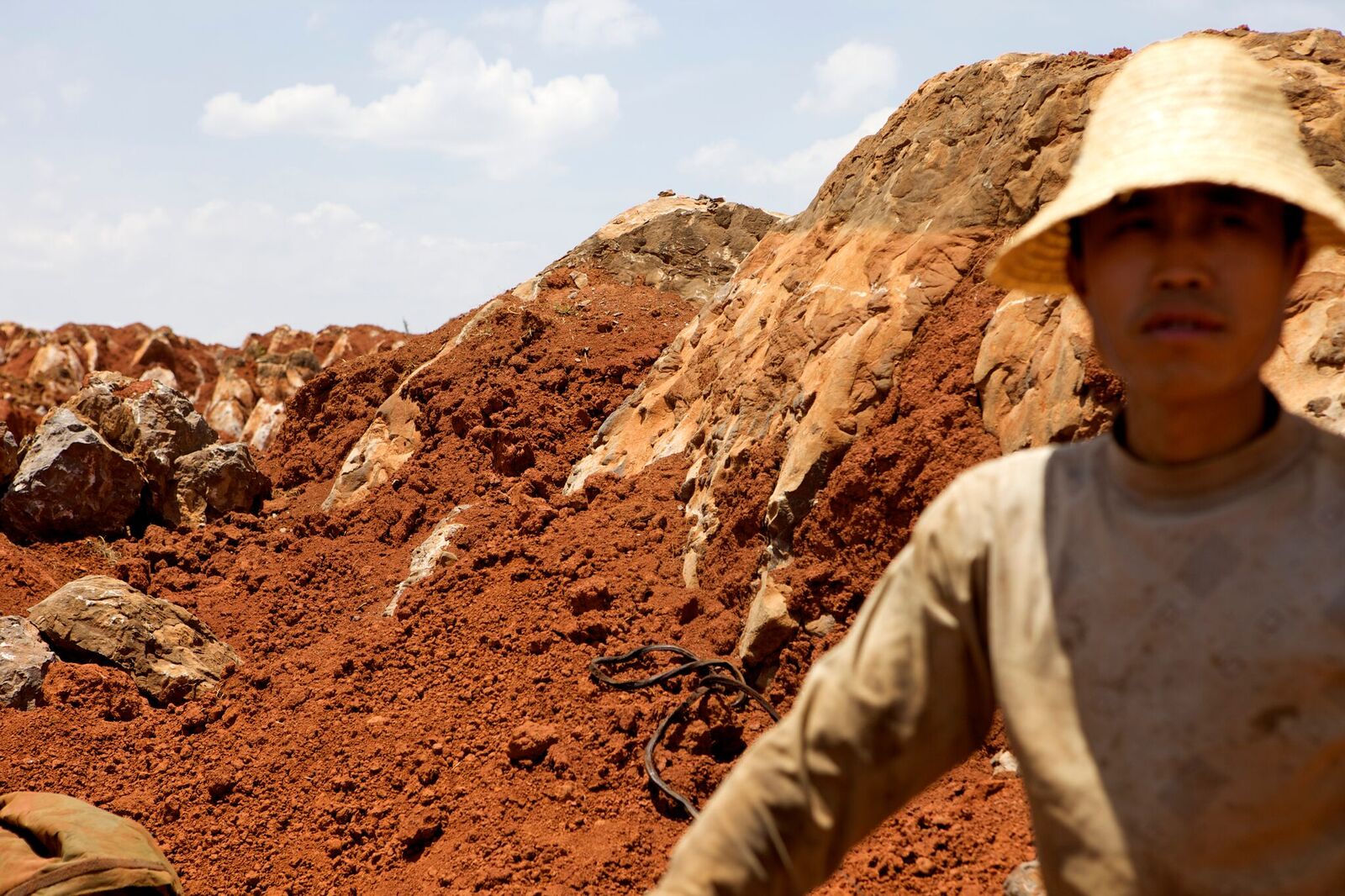
A worker digs dirt from around karst protrusions at the new airport construction. Photo © J. Carl Ganter / Circle of Blue
“The planning and development of new water resources is not keeping pace with rapid population and economic growth, particularly in the water shortage areas in Yunnan province such as Kunming,” states the application for an $80 million loan to the Kunming Municipal Government that the ADB approved in 2007. “The lack of cohesive water resources protection and demand management in Kunming’s water scarce areas, as well as widespread pollution, have caused the quality of current water sources to deteriorate to levels that make them unacceptable for further water use,” the ADB reported. “Most of its major water sources are experiencing problems with pollution upstream.”
Not far from the airport, Liu Hong opens the gate to a nondescript cement building tucked into an overgrown hillside. Qinglong Dong spring is one of Kunming’s essential water sources. This is where, from deep underground, the water emerges, is captured and then piped to the city below. Hong climbs down a ladder and takes a measurement, his face reflected in the slow-moving water.
“In the last ten years,” he says, “this spring has had several serious problems with the water quality. Why?”
“If you take a look here, the water level obviously reaches a significant level, with about 10-plus centimeters of sediment in general,” Liu says, standing at the edge of a small, shallow pool shaded by a tin roof and plastic. “It was caused by agriculture activities as well as frequent ground-laying work at the new airport. So in summertime, especially during flooding seasons, the spring is incapable of providing [safe] drinking water.”

A worker at the new airport pauses for a moment before drilling a hole where he will ignite dynamite to blow the limestone mounds from their roots. Photo © J. Carl Ganter / Circle of Blue
The sediment not only physically clogs the spring’s water channels, but it also directly impairs the quality of water already laden with human and animal waste, agricultural chemicals and industrial contaminants (look at pollutants in China’s karst regions in our infographic).
Liu says the city’s water challenges could become worse since the problems of water supply and pollution are complicated and intrinsically connected with development and activities on surrounding limestone plateaus.
“After three years of hard work, we found that multiple and complex supply sources have led to the degrading situation.”
Building the runways and foundations, the most intense construction at the airport, may be finished within two years. Thirty-eight million passengers are expected to traverse its terminals annually by 2020, when the final phase is complete. Within and beyond the airport’s boundaries, which itself forms a new residential and industrial zone expected to house nearly half a million people, the ADB is funding infrastructure and watershed management projects it hopes will help supply an ever-thirsty city and surrounding communities.
“Without these measures,” the ADB says, “Kunming will have to revert to the use of highly polluted water sources.”
As Kunming, the temperate “city of eternal spring,” aspires to become one of the primary tourism, finance, industry and transportation centers of Southeast Asia, researchers like Liu wonder if and when development and water scarcity will collide. The region, and some of the world’s largest financial institutions, though, are literally banking on a much better water future.
The $80 million ADB loan, with its 2007 to 2012 term, includes:
- Development of water resources and increasing water storage capacity. New dams and reservoirs will be constructed to store water from the surrounding catchments of Banqiao River and Shiqiao River, heighten Xintianhe reservoir, construct diversion works to access water from Tabizi Dragon Pool and channel the water from these sources to existing Qingshuihai lake, which will be lengthened to increase its storage capacity.
- Conveyance of water resources for urban water supply. The conveyance system will take water from Qingshuhai Lake to Tongxin Gate, and then transfer the water to the New Airport Economic Zone through Jingzhongshan Reservoir and to the Eastern Development Zone through Songhuaba Reservoir.
- Watershed management plans, improved infrastructure for surrounding villages and improved environmental planning.
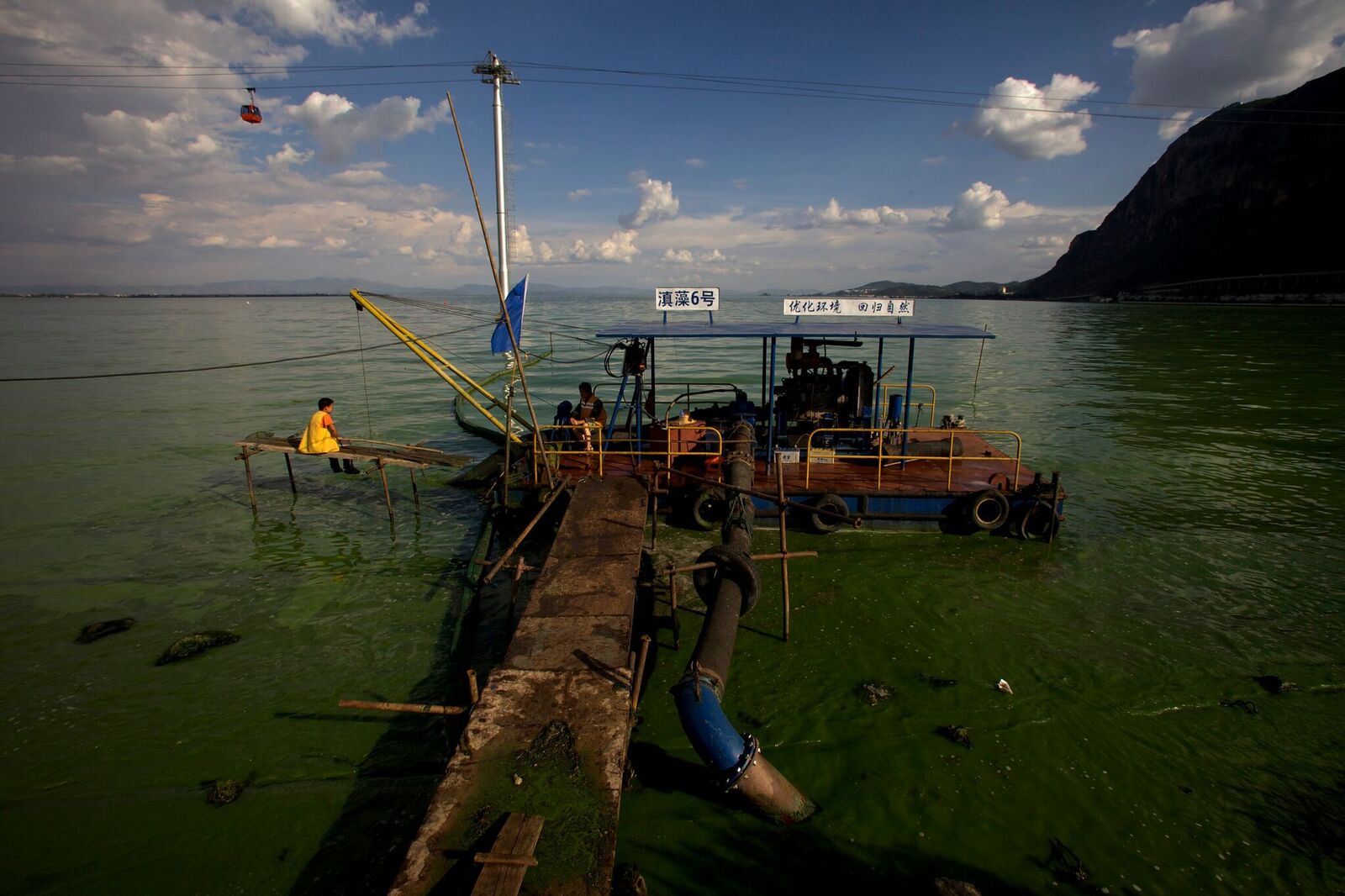
Lake Dianchi, also known as Lake Kunming, is the eighth largest freshwater lake in China. Yet its pollution is so severe that it rates a Class V, making it unsuitable for drinking, agriculture or industry. Years of untreated sewage and industrial waste have turned the lake bright green with algae that, in desperate measures, is scooped out by giant pumps and by hand, and hauled away in small skiffs. Photo © J. Carl Ganter / Circle of Blue
J. Carl Ganter, an award-winning photojournalist, writer and broadcast reporter, is the co-founder and director of Circle of Blue.
J. Carl Ganter is co-founder and managing director of Circle of Blue. He is a journalist and photojournalist, recipient of the Rockefeller Foundation Centennial Innovation Award, and an Explorers Club Fellow.

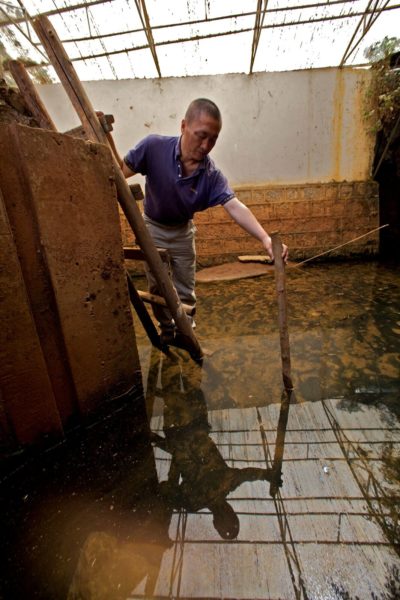

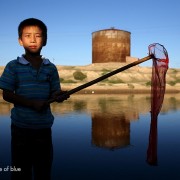



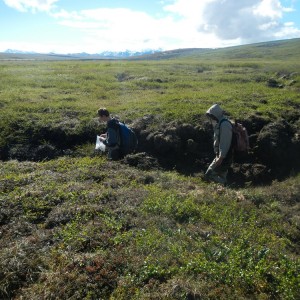

Comments are closed.